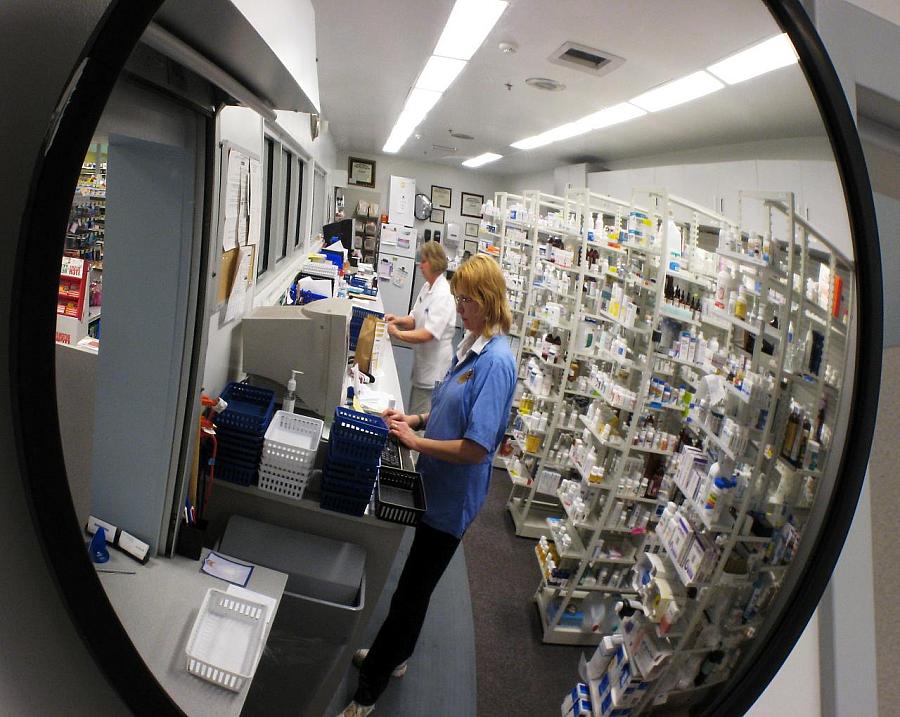Medical writers play overlooked role in the painkiller epidemic

It’s well known that pharmaceutical companies had a hand in bringing about the painkiller crisis by heavily marketing narcotics to doctors and supporting medical education programs that minimized the drugs’ addictiveness and other risks. More details continue to emerge.
A recent Los Angeles Times investigation, based on thousands of pages of confidential documents from Purdue Pharma, the manufacturer of OxyContin, reported that the company had engaged in deceptive marketing for decades. Specifically, it knew that its main marketing message – that OxyContin provided 12 hours of pain relief, more than its less expensive competitors – was not true. Rather than admit this, the company instructed doctors to prescribe higher doses of the drug to patients whose pain returned within 12 hours, increasing the risk of overdose and death. Last month, Stat News won a motion filed in a Kentucky court to release sealed documents about OxyContin from Purdue, which then filed an appeal.
One detail remains in the shadows, however: medical writers were cogs in the machinery. They drafted the marketing brochures, slide decks, and CME courses created to convince doctors that it was OK to prescribe opioids, not only for extreme pain suffered by people with cancer but also for the more common pain experienced by patients in primary care physicians’ offices.
I saw how all this worked from the inside nearly a decade ago, when I did a brief stint as a writer for a medical education company. I was a freelance writer and editor. A friend had recommended me for the job, and the money was good. Part of my orientation was to attend an “educational” workshop for primary care physicians on pain management. The workshop was organized by the medical education company and paid for by a drug company (I forget which one) that made a formulation of oxycodone, the generic name for OxyContin.
Pain experts sat with PCPs at small tables to talk informally, doctor-to-doctor, about the benefits of prescribing opioids to more of their patients. When PCP’s expressed concern about addiction and drug abuse, the pain doctors downplayed the risks. The experts didn’t mention any particular brand of opioids – doing so would have seemed suspiciously promotional. Nor did anyone mention that the pain experts were paid by the medical education company to deliver a pro-opioid message.
I quit, but not before voicing my outrage to a neurologist who worked part time for the med ed company and who had helped plan the workshop. He seemed like a decent guy. He had, and still has, an academic appointment at a medical school. He told me that he didn’t think that the tactics used at the workshop were bad because opioids were safer than many doctors thought they were. We now know better. Deceptive, unethical practices like those at the workshop helped cause 165,000 deaths from overdoses related to prescription opioids between 1999 and 2014.
The pharmaceutical industry continues to hire writers. When I Googled “journalists and opioid addiction,” high on the results list was an ad by Writing Assist, an employment agency. The agency’s website says:
“Our medical writing specialists have experience providing services in pharmacology, biotechnology, medical devices and more, producing deliverables that include:
- Manuscripts
- Drug monographs
- Product primers
- Publication summaries
- Integrated summaries of efficacy and safety
- FDA and other regulatory documents
- Conference reports
- White papers
- Clinical and non-clinical study reports
- Brochures, press releases, case studies, and feature articles”
Some of these assignments might be clearly identified as marketing—and therefore transparent in their purpose to sell doctors or patients on a particular drug. Other assignments might provide factual information that doctors and patients would find valuable. But some of the jobs might involve producing more of the same kind of biased, deceptive material parading as education that we’ve seen before and that could lead to the next prescription drug-related crisis. A good resource on what drug companies are doing today to influence prescribing practices is PharmedOut project at Georgetown.
Should medical writers refuse to work for pharma? That’s easier said than done. Decent paying employment options for writers and editors are shrinking. (This just in from the Bureau of Labor Statistics: employment in newspapers and other traditional publishing industries has declined from 450,000 jobs in 1990 to 183,000 today, a loss that was only partially offset by the increase in internet publishing jobs from 29,000 to 198,000 during this period.) But if you’re tempted to write for drug companies, find out ahead of time what you’ll really be doing.
[Photo by Doug Waldron via Flickr.]
